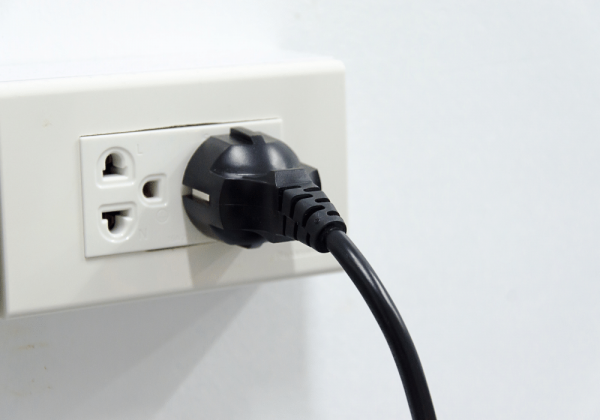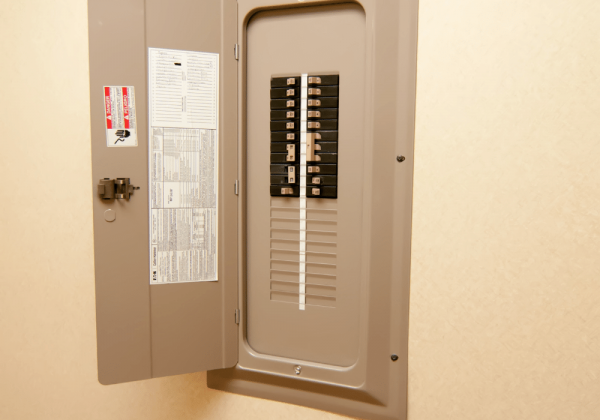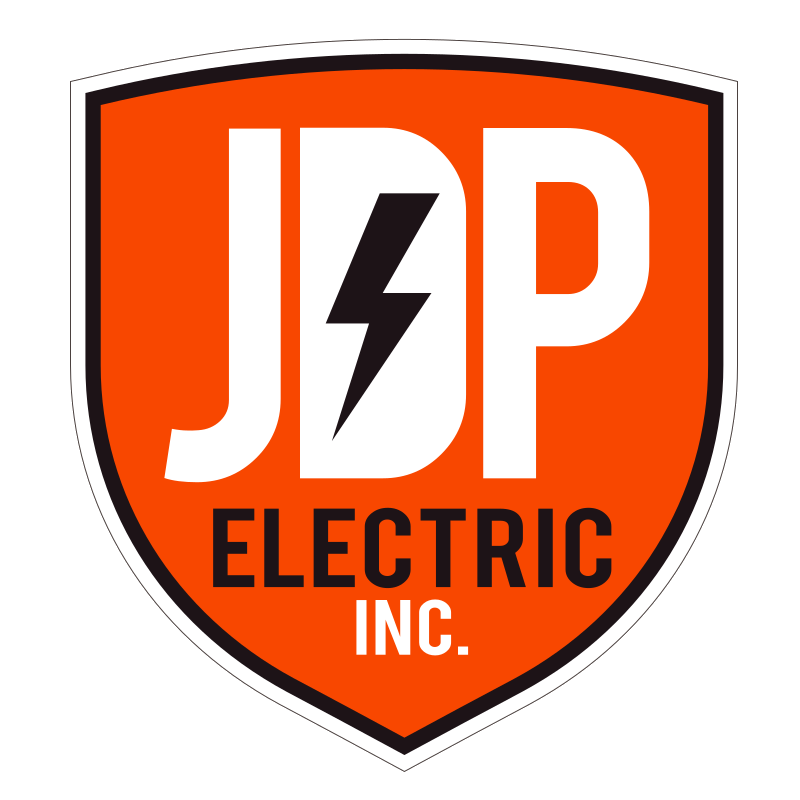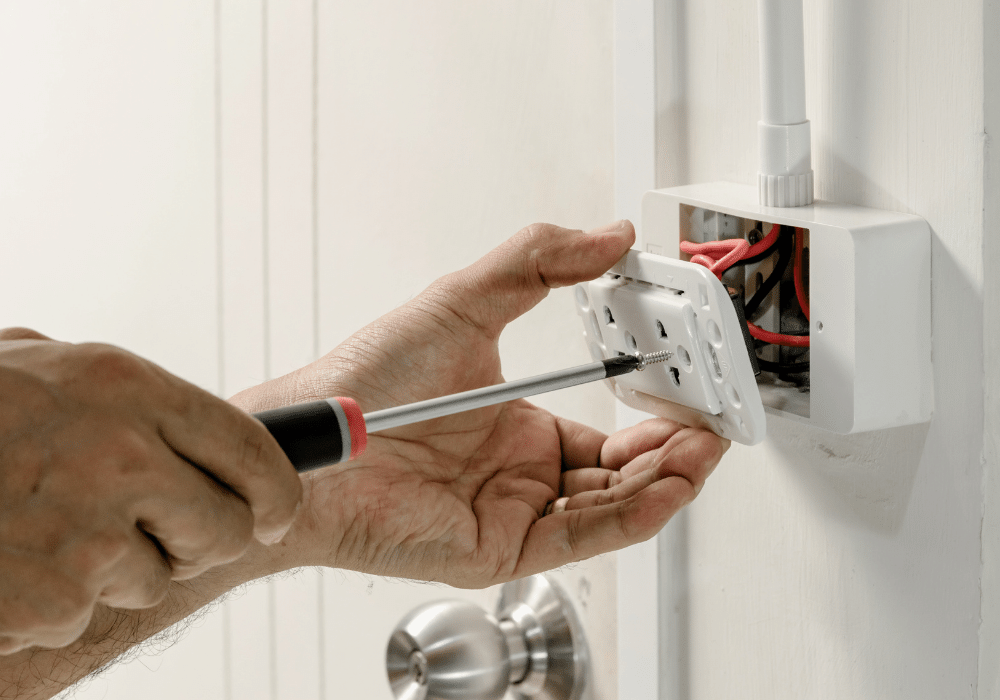Living in a home with electricity is something that many of us take for granted. We flip a switch and the lights come on, or we plug in our appliances and they work. Did you know that there are electrical hazards lurking in every Canadian home? According to the Electrical Safety Authority (ESA), each year there are about 1,000 fires caused by electrical problems in homes across Canada. These fires lead to hundreds of injuries and dozens of deaths. In order to help keep you and your loved ones safe, we’ve put together this list of electrical safety tips.
Qualified Electrician
Have a qualified electrician inspect your home. A qualified electrician should check all the wiring, outlets and switches in your home to make sure they are up-to-date with Canadian safety standards. They will also look for any potential hazards that may need to be addressed.
Check Cords and Plugs

Regularly check cords and plugs. Make sure all of your cords and plugs are in good condition and not frayed or damaged in any way. If you notice any damage, replace the cord immediately.
Check Circuits and Outlets
Avoid overloading circuits and outlets. Don’t plug too many appliances into one outlet as this can cause an overload on the circuit, which can lead to a fire hazard if ignored for too long. If you find yourself running out of outlets, consider having a qualified electrician install additional ones.
Install GFCI
Install GFCI (Ground Fault Circuit Interrupter) outlets in wet areas. GFCI outlets are meant to switch off the power if there is an excessive current passing through them. If you come into touch with water when using an electrical item near a sink or shower, this can help protect you from an electric shock.
Keep Electricity Away From Water
Keep electric appliances away from water sources and don’t use them while standing in water. Never try to repair or adjust an appliance while it is plugged in, and always follow all manufacturer’s instructions when using them around water sources such as pools and hot tubs.
Install Surge Protector
 Install a surge protector to protect your electronics. Surge protectors help prevent damage to your electrical appliances due to power outages or surges in the electricity.
Install a surge protector to protect your electronics. Surge protectors help prevent damage to your electrical appliances due to power outages or surges in the electricity.
Turn Off Lights When Not Using Them
Turn off all lights when not using them. Make sure all lights in the house are turned off when not being used, and replace any bulbs that have gone out with energy-efficient LED bulbs to save on energy costs as well as reduce your risk of an electrical fire or shock hazard.
Following these safety tips can help protect you from electrical shock and fire hazards in your home. We hope this article has helped you better understand electrical safety in Canada. Remember to always be mindful of potential electrical hazards and take steps to ensure that your home’s wiring is up-to-date with current codes and regulations.

